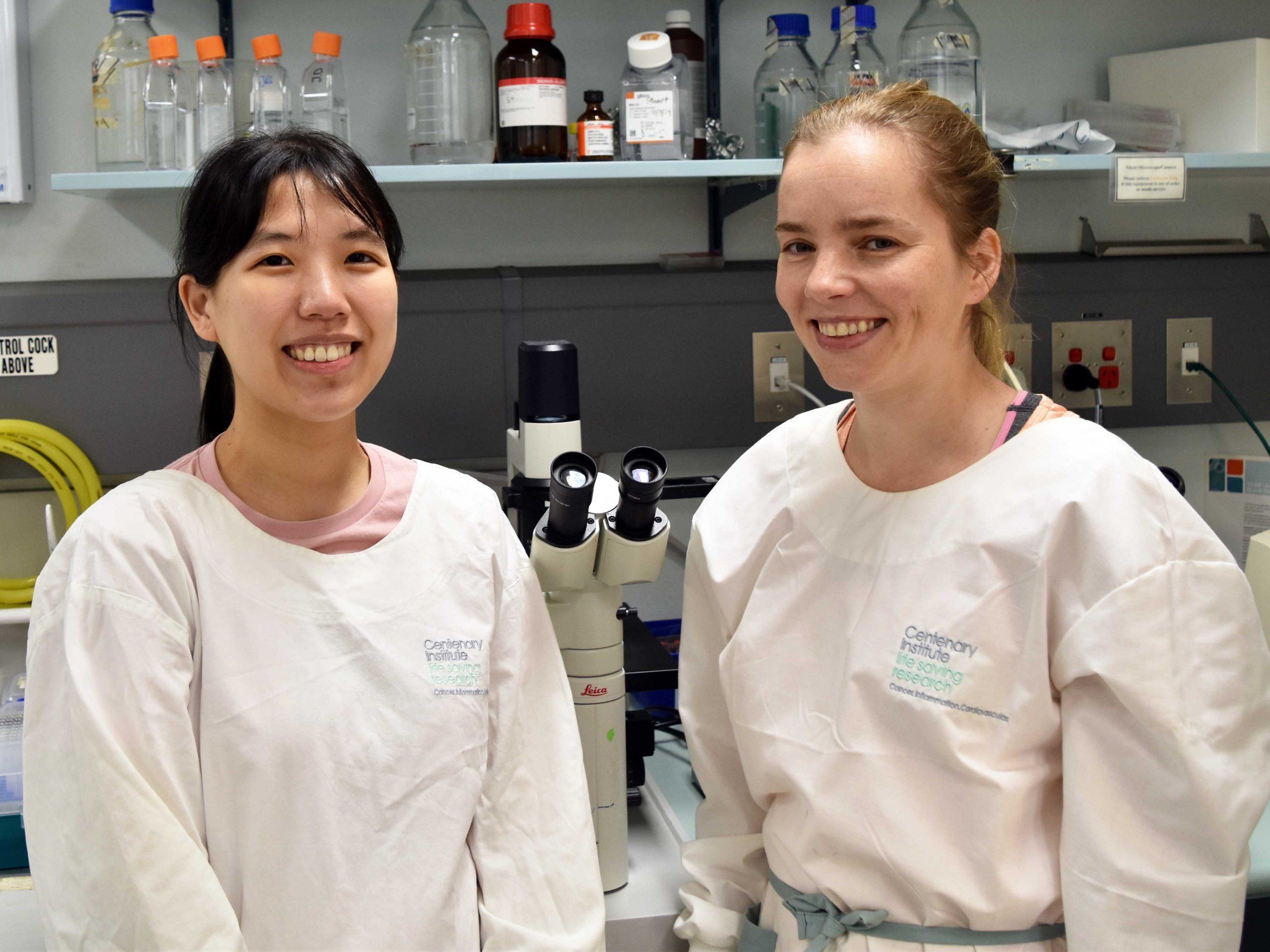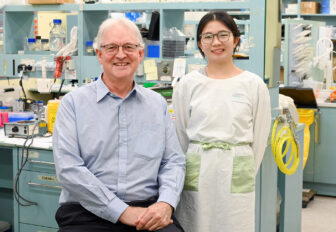Triggering melanoma cell death

Using drugs to inhibit two separate proteins, the researchers found that they could effectively kill melanoma cells by inducing apoptosis (the process of cellular self-destruction that takes place when a cell is no longer needed).
This new treatment strategy has the potential to benefit a subgroup of melanoma patients who do not respond to targeted therapies or immunotherapy.
“Provoking apoptosis has proven extremely difficult due to the high expression of anti-apoptotic or ‘protector’ proteins found in melanoma cancer cells,” said lead author of the study, Dr Hsin-Yi Tseng, Research Officer in the Melanoma Oncology and Immunology Program at the Centenary Institute.
“These protector proteins help the melanoma cell to survive, thrive, and in some cases to aid resistance against advanced medical drug treatments,” she said.
In the study, the researchers inhibited, in combination, the protein MCL1, together with proteins from the bromodomain and extra-terminal (BET) family. Both are known to have key roles in protecting and supporting melanoma cancer cells inside the body.
“Our research showed that combining BET and MCL1 inhibitors is highly effective at killing melanoma. The protective abilities of the BET and MCL1 proteins are decreased by the drug inhibitors and also induce the cancer cells to self-destruct,” said Dr Hsin-Yi Tseng.
Senior co-author on the study, Dr Jessamy Tiffen also from the Centenary Institute’s Melanoma Oncology and Immunology Program says the team’s research is highly significant and offers up a potential new treatment strategy for melanoma patients.
“Up to one half of melanoma patients do not respond to immunotherapy and a majority of patients tend to develop acquired resistance to targeted therapies. Our research examined a large number of human melanoma cell lines as well as use of mouse models. We saw extensive melanoma reduction in both cases which bodes well for the translation of this research into the next stage of development,” said Dr Tiffen.
Read the full media release here.
Read the publication in the International Journal of Cancer here.





